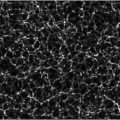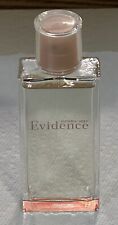
Researchers from the Mayo Clinic found they could isolate and culture nanoparticles from filtered homogenates of diseased calcified human cardiovascular tissue. These cultured nano-sized particles were recognized by a DNA-specific dye, incorporated radiolabeled uridine, and after decalcification, appeared via electron microscopy to contain cell walls.
The peer-reviewed paper, entitled “Evidence of Nanobacterial-like Structures in Human Calcified Arteries and Cardiac Valves,” is scheduled for publication in the American Journal of Physiology: Heart and Circulatory Physiology.
Noting that the “biological nature of nanometer-sized particles remains controversial,” the researchers said their current study “provides anatomical evidence that calcified human arterial and valvular tissue contain nanometer-sized particles which share characteristics of nanoparticles recovered from geological specimens, mammalian blood, and human kidney stones, and observed by transmission electron microscopy in a calcified human mitral valve.”
However, they cite evidence that the cultured particles contain nucleic acids because compared to controls containing hydroxyapetite crystals they “incorporated radiolabeled uridine in a time-dependent manner of three days, providing evidence of ongoing nucleic acid synthesis.”
One interpretation of these results, especially given such potential parallels as H. pyloricausing ulcers, could be that “objects hypothesized to be a type of bacteria (nanobacteria)” could be involved in “mechanisms mediating vascular calcification (which) remain incompletely understood.”
Check out the paper here.


















Comments are closed.